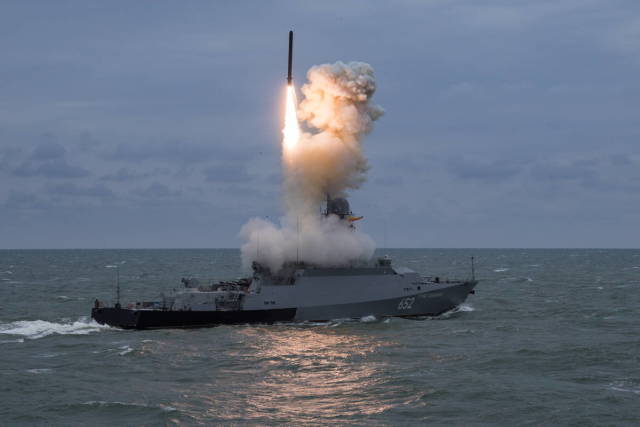One of the main types of weapons used by the Russian Armed Forces to defeat the IG* in the Syrian Arab Republic (SAR) were cruise missiles (KR). Surface ships and submarines of the Russian Navy have repeatedly struck Islamist targets in Syria using the 3M-14 Kalibr cruise missile.
The number of launched missiles indicates that the enterprises of the military-industrial complex (MIC) of the Russian Federation are carrying out their serial production, and the possibilities of using this type of weapons are limited only by the number of launch guides on a specific ship or submarine (PL).
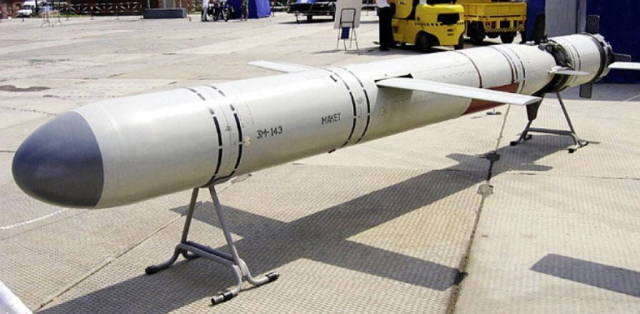
3M-14 Kalibr cruise missile
Cruise missiles: a history of the issue
Specialists of the Research Institute of Armament of the People's Liberation Army Navy of China (PLA) note that the development of KR technologies became possible after the appearance in the United States and then in the USSR of developments in the field of creating compact turbojet engines for single use.
Soviet specialists have created a reliable sample of such power plants under the designation "turbofan-50BM". The engine allows you to launch cruise missiles that are equipped with a GLONASS guidance system and are equipped with either a conventional high-explosive warhead (warhead) weighing 450 kg, or a nuclear warhead with a power of 100 kT in TNT equivalent.

Turbojet engine turbojet-50AT
In the publications of the specialized edition of the People's Republic of China "Ship Knowledge", it is noted that American specialists were the first to complete the development of the KR. They created the famous coastal-based missile BGM-109G "Tomahawk" (Tomahawk). A little later, Soviet designers developed a whole series of sea-based (PK-55), air-based (X-55) and shore-based (PK-55).
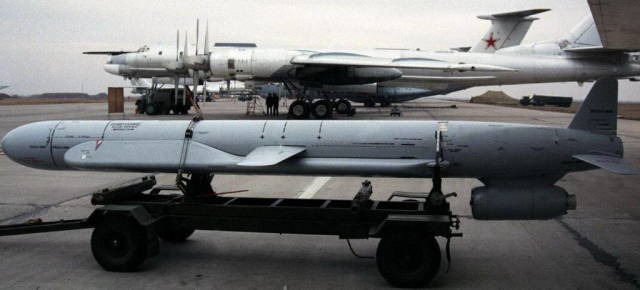
X-55 cruise missile
Technical features of the projects
When creating cruise missiles, Soviet designers took into account, first of all, the maximum length (8.2 meters) and the caliber (533 mm) of the main torpedo tube (TA). The Soviet RC-55 required 20 minutes to prepare for launch and had a launch range of 3,000 km, which is 500 km longer than the American Tomahawk.
In the version for submarines, the Soviet RC can be launched from an underwater position (depth 30-60 m) and at a speed of 5-7 knots. It should be noted that Chinese experts are closely monitoring the process of evolution of both Soviet/Russian sea-based CRS and the carriers themselves - surface ships and submarines.
At the beginning of the 80s of the last century, specialists of NPO Mashinostroeniya based on the RK-55 created a two-stage dual-mode anti-ship missile (PKR) 3M55(P-800) Onyx/Yakhont for the TA 533 mm caliber.
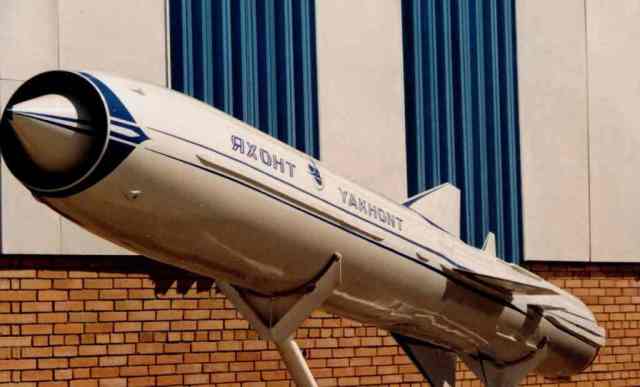
PKR 3M55 Yakhont
The rocket has a weight of 2000 kg. It is capable of changing the flight speed from subsonic (MACH 0.8) to supersonic (MACh 2.2) throughout the entire flight (200 km). On its basis, after the collapse of the USSR, the universal 3M-51 Alpha PKR was created. After some refinement of the solid-fuel booster launcher, the rocket received a range of 2300 km and a new designation 3M-54, and a version of 3M-54E was created for export.
For the needs of the Russian Navy, analogues of the Club series missiles are produced under the symbol "Caliber". Their variant is the operational-tactical missile R-500 of the Iskander complex. The missile has a launch range of 500 km and was created to "circumvent" the terms of the agreement on limiting the launch range of medium- and shorter-range missiles.
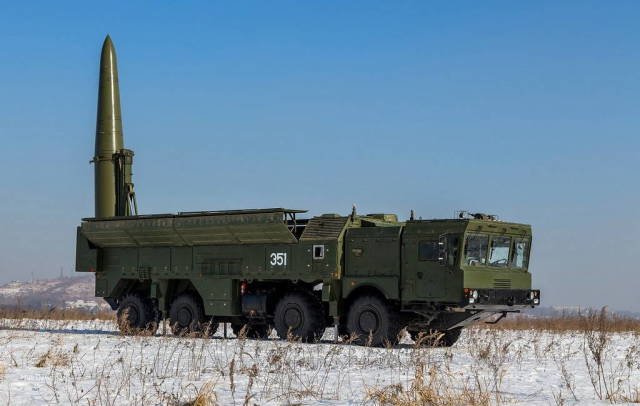
OTRK Iskander
High precision cruise missiles
It is obvious that the high accuracy of the Russian KR hit has become possible, thanks to the presence of compact guidance systems. Such systems include inertial guidance modules, radio altimeters, guidance via the GLONASS satellite system channel and a terrain envelope system.
Chinese experts point out that Russian designers were able to create a reliable AB-40 inertial guidance module. It includes a radio altimeter "RVE-B", used in the middle section of the flight in conjunction with other navigation systems.
In the final section of the trajectory, the radar head (GCH) "ARGS-14" with a diameter of only 514 mm is used to guide and check the target. According to representatives of the Defense Industry of the People's Republic of China, Russian cruise missiles 3M-14 perform the main part of the flight at altitudes from 50 to 150 m. If necessary, the breakthrough of the air defense line/The missile missile is capable of descending to 20 m .
GLONASS equipment
Separately, we note the guidance equipment via the GLONASS satellite channel. Soviet specialists began to create it back in the 80s. of the last century in order to radically improve the accuracy of hitting targets with ballistic missiles for the R-29RMU submarine. The system was first tested in 1988 with one of the submarines of the 667 BDRM project.
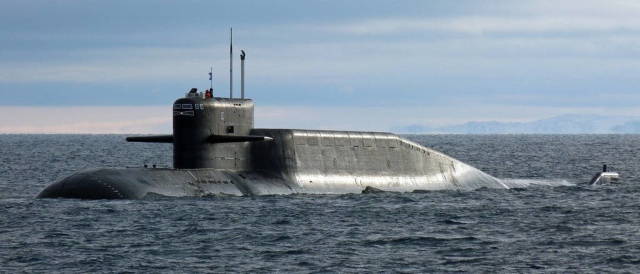
The submarine of the 667 BDRM project
Chinese experts know that 67 spacecraft (spacecraft) of different series have been launched into orbit during the entire period of work on the creation of the GLONASS system. Of these, by 2010, it was possible to form a full-fledged grouping consisting of 28 active and several spare spacecraft, which made it possible to seriously increase the accuracy of laying the route of cruise missiles. Together, these measures made it possible to hit hidden objects of the IG group with high accuracy, even without additional technical intelligence and target illumination, as is usually done by the US Armed Forces.
Features of the cruise missile launcher
Specialists of the Chinese Shipbuilding Industrial Corporation (KKPC) note that not only the Kalibr series cruise missiles themselves have unique capabilities. The UKSK 3S14 launchers (PU), designed for vertical missile launches, are superior in many respects to the American vertical PU Mk 41.
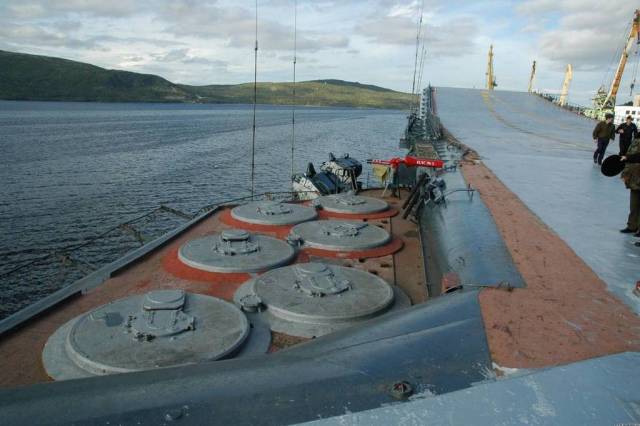
PU UKSK 3S14
The design of the UKSK allows it to be installed on a small rocket ship (MRC) of project 21631, a medium rocket ship (TFR) of project 11661K, frigates of projects 11356 and 22350.
It is known that the 3S14 was developed for the prospective modernization of the anti-submarine ships of the 956U project and the acquisition of the large anti-submarine ships of the 11000 project planned to replace them. The PU was also intended for the modernization of the heavy nuclear-powered missile cruiser of the 11442M Admiral Nakhimov project.
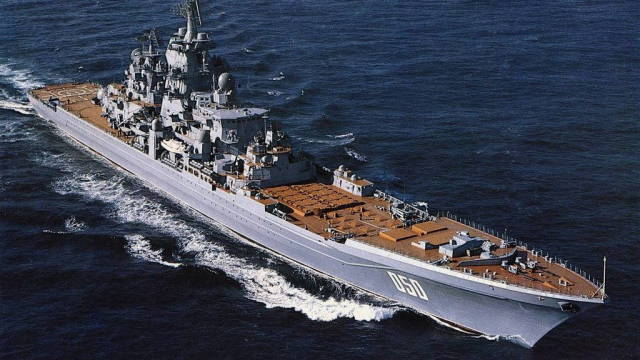
Project 11442M cruiser Admiral Nakhimov
Chinese analysts note that when using the UKSK, a ship such as the Admiral Gorshkov Project 22350 frigate can be armed with both a KR for firing at coastal targets at a range of up to 2500 km, and a PKR for firing at surface targets at a range of up to 400 km. The onboard guidance equipment of the TFR project 11661K, which is lower in class than the Admiral Gorshkov frigate, and the Russian version of the 3M-54 allow destroying ships at this range. In addition, 16 closed cells in the UKSK, in the upper part of which there are no devices for removing gases, leave no chance for foreign intelligence services to determine the real "missile capabilities" of any modern Russian ship.
*IG is an Islamic state. A terrorist organization banned in Russia.
Video of launches of Kalibr cruise missiles
This article is an excerpt from the monograph "The Syrian conflict in the context of the realization of the national interests of actors in international politics: the interpretation of Chinese specialists."
The author is an orientalist and philologist, Candidate of Political Sciences Maxim KAZANIN.
The source text is adapted based on the requirements of search engine optimization (SEO). The changes made and the publication of the excerpt were carried out with the permission of the author.
